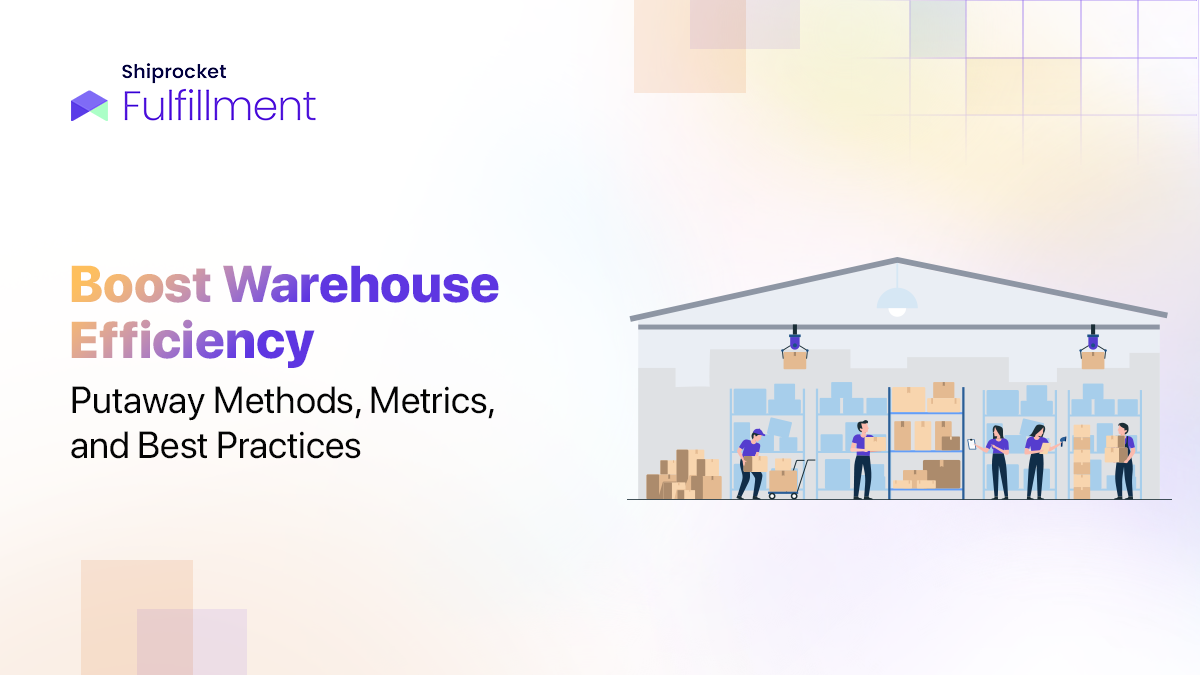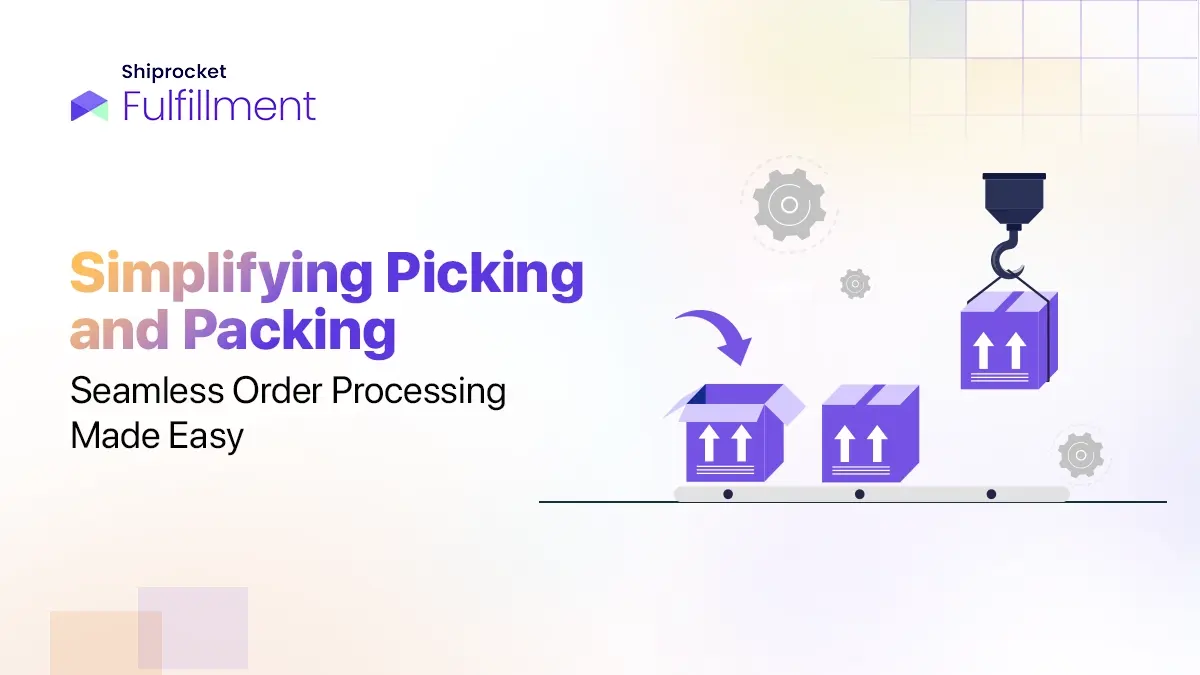The COVID-19 pandemic has changed the approach of business in managing operations, inventory management, sales, marketing and more. Inventory management saw sea changes due to the global lockdown. In a survey where businesses were asked to state their inventory management strategy, 27% chose to keep inventory levels the same as pre-Covid days but change their supply chain network. As many as 19.6% of businesses wanted to overhaul the inventory system and have ample stock even in the most difficult scenarios. Another 19.2% of the businesses chose to keep inventory levels the same and not make changes to the supplier network.
Considering the diverse approach of businesses to inventory management, an in-depth analysis provides insight into inventory-based decision-making. However, the process of better inventory management is lost in the traditional approach of intuitive decision-making rather than by technical principles. Often, it has led to unexpected errors. An effective way to overcome such limitations is to use advanced technology that integrates decision-making with market conditions, ensuring regulated inventory management throughout the year.
To simplify the process further, shipping solution providers offer integrated platforms that manage every stage of inventory management, leaving businesses with the resources to operate optimally and drive growth.
Defining Inventory Management
Economists define inventory management as the process of ordering, storing, using, and selling a company’s inventory. At the macro level, it involves the management of raw materials, components, and finished products, concluding with warehousing and order processing.
Inventory management is thus the process of ensuring that merchandise and materials held by a company are sold profitably. Businesses use several techniques to achieve various inventory goals. Inventory managers calculate Economic Order Quantity (EOQ) to minimise holding costs and excess inventory using the ideal order size concept. It ensures stock demands are met without overspending.
Thus, inventory management is defined as the process that ensures enough stock is available to fulfill customer orders while minimising the risks and costs of holding inventory.
The Essentiality of Inventory Management in Any Business
Inventory management plays an essential role in business operations as it establishes the company’s capacity to fulfill demands of its customers despite market conditions. As a result, customers are happy to receive consistent and accurate services and remain loyal to the company. At the micro-level, inventory management helps companies manage their prices and eventually leads to cost savings.
The importance of inventory management in a business are:
- Building customer base: It helps companies to avoid loss of sales and dissatisfied customers.
- Minimise costs: An effective system can help companies save money, prevent overspending on storage, and reduce losses.
- Real-time stock steers sales forecast: Inventory management helps companies identify which and how much stock to order at what time.
- Improve cash flow: Streamlined purchasing of stock and minimal holding costs leads to substantial savings for companies. Hence, inventory management can help companies reduce losses and improve cash flow.
- Improve sales: Smart availability of stock ensures consistent sales patterns, even when demand for such products is high. Thus, inventory management can help companies ensure timely deliveries.
- Win market leadership: Inventory management can help companies sustain high sales cycles and expand their portfolio to reach a wider customer segment. Thus, effective control of stock-ordering and having the right product at the right time are crucial to driving market leadership. In the long run, a tightly controlled inventory leads to profits, which enhance market shares and help gain a competitive advantage.
Successful Inventory Management Plan: Step by Step Process
There are commonly five steps to creating an effective inventory management plan:
- Receive and inspect products
- Sort and stock products
- Accept customer orders
- Fulfill and ship orders
- Reorder new stock
However, for businesses, it is a challenge to follow this step-by-step process. Besides, having to realign their inventory management as and how their product portfolio is updated or expanded, strains their resources. An all-in-one service that integrates the steps of inventory management is a much sought-after solution by most companies, especially those engaged in eCommerce.
Shiprocket: Helping Businesses Efficiently Manage Inventory
Shiprocket Fulfillment allows users to unify inventory from all sales channels and marketplaces in one place. Users can also integrate new channels instantly, track stock and determine how many products are on hand.
Shiprocket shipping solutions include an inventory management system that helps businesses manage inventory across various channels. It integrates with multiple hyperlocal delivery partners with its proprietary service via the Hyperlocal Delivery App.
This service is supported by SARAL, a feature which allows eCommerce companies to track deliveries within a 50 km area. It provides real-time insights into inventory levels.
Shiprocket’s inventory management system provides businesses with full control over their inventory and eliminates the need for third-party software. It also offers customers updates at every step, paperless invoicing, and a return-to-origin (RTO) rate of less than 1%.
Some of Shiprocket’s extensive inventory management features are:
- Package Master: This feature integrates inventory with packaging materials for seamless, faster order processing.
- Shiprocket Smart: Uses algorithms to automatically match a courier partner for a shipment.
- Multiple Courier Partners: Eases the flow of SKUs since Shiprocket has an elaborate network of over 17 courier partners.
- Same-day Courier Delivery Services: Businesses can leverage the self-service on the Shiprocket Seller panel, and choose their preferred courier for fastest delivery.
- 3PL Full Payment Provider: Shiprocket Fulfillment automates the management of inventory, store products, and ship orders. It allocates resources to businesses at affordable options.
- Add-on/Flexi Storage Space: Shiprocket Fulfillment offers additional storage space and advanced technology for inventory management.
The highlight of Shiprocket’s inventory management platform is that sellers have a unified platform to automate their shipping and fulfillment processes at affordable prices. They have the advantage of using data analytics, and predictive analysis without having to invest in the technology. Shiprocket’s inventory management specialises in customising stock management for every business, rendering error-free optimisation of costs and business operations.
Conclusion
Inventory is one of the most crucial and valuable company assets for a lot of manufacturers, wholesalers, and retailers. Establishing the right inventory level and keeping it organised can have a big impact on a company’s chances of success. Find solutions for inventory management stumbling blocks with progressive and technically advanced 3PL providers. The focus of their services is to guide your decisions by tracking essential metrics and presenting data that improves inventory levels for the highest efficiency. Automate your supply chain to achieve agile inventory management. It also ensures transparency and visibility leading to efficient global fulfillment.
An analysis of the inventory provides businesses with a real-time view of stocks on hand. This helps to determine if they need to overstock or understock to optimise spending on inventory. It steers companies towards profitability and at the same time meets customer demand when sales increase but at controlled costs.
ABC analysis is an advanced technique in inventory management to classify goods into three categories, based on their revenue. The most important goods are classified as ‘A”, moderately important goods as ‘B’ and least important as ‘C’
Inventory can commonly be divided into four types- Raw materials, merchandise and supplies, finished goods and work-in-progress. Such classification simplifies tracking in-stock items and helps businesses decide if they need to stock more or not.





